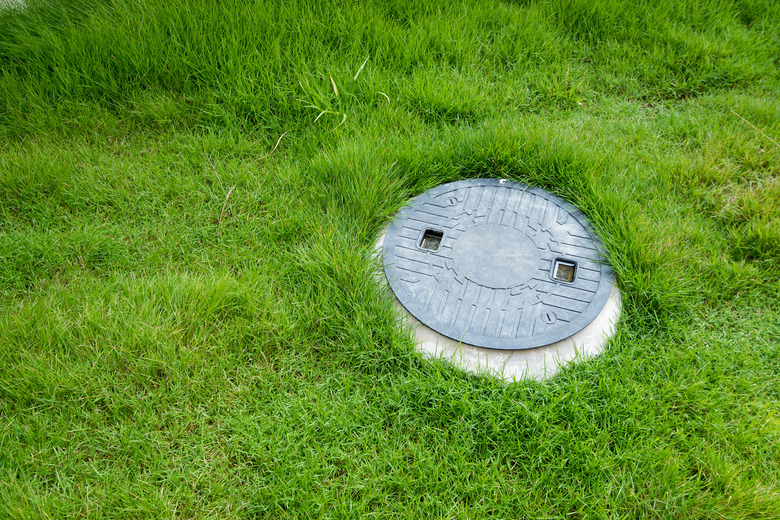How To Install A Septic Tank And Field Line Sewer System
Unless you're a heavy equipment operator, septic system installation is no do-it-yourself project. Even if you do have heavy machinery at your disposal and know how to use it, you're still going to need plenty of professional help.
You need a soil expert to evaluate the site, an engineer to design an appropriate system, a plumbing contractor to install and connect pipes, and possibly an electrician to help set up any pumps and timers that might be required. As a homeowner, you can get involved in all these processes, but local health authorities are going to require licensed personnel to be in charge.
Septic System Design Variations
Septic System Design Variations
The U.S. Environmental Protection Agency lists nine types of septic systems, and that doesn't even include non-gravity-fed systems that rely on a transfer pump. The conventional system consists of a septic tank and a drain field dug into the ground. This is the system most people visualize, but it's just one option, and it's not always appropriate.
Local health authorities may require another system, depending on soil quality, topography, drainage conditions, expected usage and other factors, and it takes an engineer working in conjunction with the health authorities to design it and secure the necessary permits. Some systems call for importation of sand, gravel or other filler materials as well as septic components other than the conventional tank and perforated drain pipes.
Installation Isn't a Straight Shot
Installation Isn't a Straight Shot
Once a homeowner working with an engineer has the plans in hand, it isn't necessarily a straight shot to performing the installation. In fact, Mr. Rooter offers this advice to homeowners considering installing their own septic components: Don't. The chances of a system malfunction that results in poor drainage, ineffective plumbing in the house or contamination of the local water table are just too great.
However, if you're of the hardy do-it-yourself persuasion or circumstances dictate that you do the job yourself, and you have an excavator and crane at your disposal, the installation of a conventional system is fairly easy to understand and execute. Keep in mind that you'll have to have every stage of the system inspected before you backfill to make the installation legal.
Installing a Conventional Septic System
Installing a Conventional Septic System
You start a conventional septic installation by digging a hole for the tank following placement instructions detailed on your approved plan. After dropping the tank into the hole, you connect it to the building sewer with 3- or 4-inch waste pipe, which must maintain a minimum slope toward the tank, and you extend a drain pipe from the other end of the tank to a distribution box located in the drain field.
You then dig a series of parallel trenches that extend from this box throughout the drain field. Lay a bed of gravel followed by 3- or 4-inch perforated pipes in each trench, connect the pipes to the distribution box and cover them. The depth of the pipes in the drain field as well as the backfill material are dictated by the plan.
A conventional gravity-fed septic system relies on a steady downward slope from the building to the drain field, and if the topography of your property can't fulfill this condition, you may be forced to install a transfer pump in the tank to send effluent uphill to the drain field.
The pump must be connected to power and to an alarm system that alerts you when a malfunction occurs. Because servicing the pump is a messy affair, you'll want to limit malfunctions, so installation by a licensed electrician who can guarantee the work is definitely recommended.
